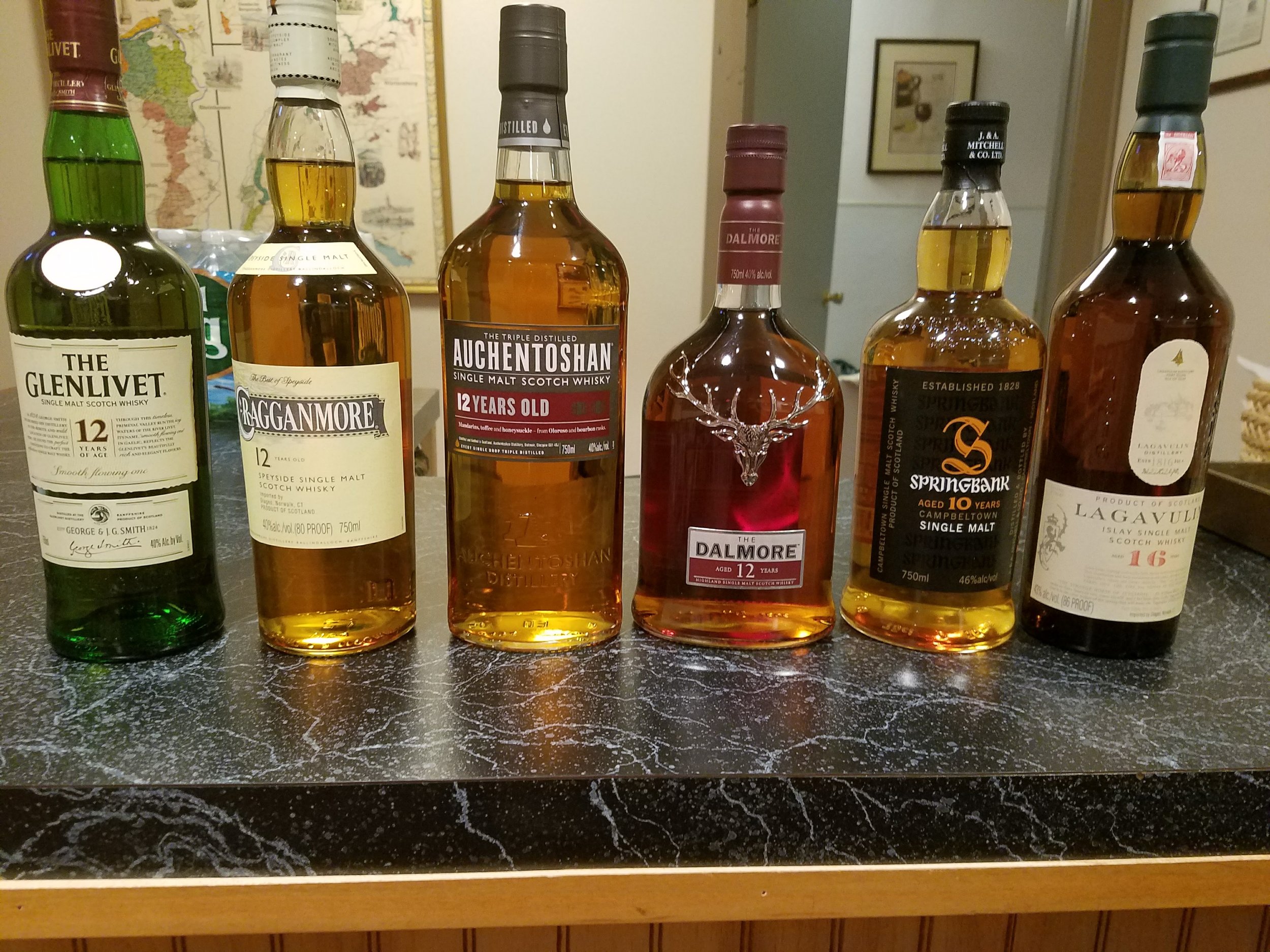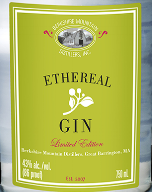PSA: Stay Hydrated
What does Crown Royal have to do with hydration? Read on to find out.
I really enjoy writing about alcoholic beverages. I study it every day to make myself smarter and share information with you so you can make confident, informed buying choices. It's fun to explore a new wine or sample a classic cocktail. It is great to pick up the new release from your local craft brewery. When disposable income allows it, it's a joy to spend $100 on a bottle of fine Cognac or single malt Scotch and sip it at the end of a night.
However, a small but very important part of what I do involves responsibility. It is my duty be a good advocate of moderation and good health. Even though summer is winding down, the temperatures sure haven't given us a feeling that we will be heading into autumn (I'm not exactly feeling that malty, rich Oktoberfest brew just yet!). If there is any beverage that should be at the top of your list every day, it should be a significant dose of water.
Now don't get me wrong here. I love a refreshing white ale or some Tequila on these warm, muggy days, but in order to prevent the alcohol combining with the heat to serve me a whopping headache in the morning I am staying on top of hydration. Keep the water flowing all day. Drink a glass in between alcohol if you plan to have multiple beverages in one sitting.
For example, take this newly released campaign from Crown Royal, which is asking fans to have a Crown Royal Water Break. This is something I can appreciate: a large brand like Crown Royal (63 million liters sold worldwide) owned by a gigantic drinks company, Diageo, encouraging alcohol consumption in moderation while staying hydrated. Additionally, on the heels of the pro football season about to kick off tomorrow, you have former NFL greats such as Brian Westbrook (my final bit of love to Eagles fans before the 2018 season gets started) being spokespeople for the brand and the Water Break message.
Image credit: The Atlantic
And as we do head into legitimate fall weather, don't skip out on the water just because the temperatures feel cooler. You still need it. Water regulates your body temperature, takes nutrients to all parts of your body, and keeps you awake while you read my blog. So whatever you pick as your poison, stay hydrated. It's important.
We will return to regularly scheduled boozery next time.


















